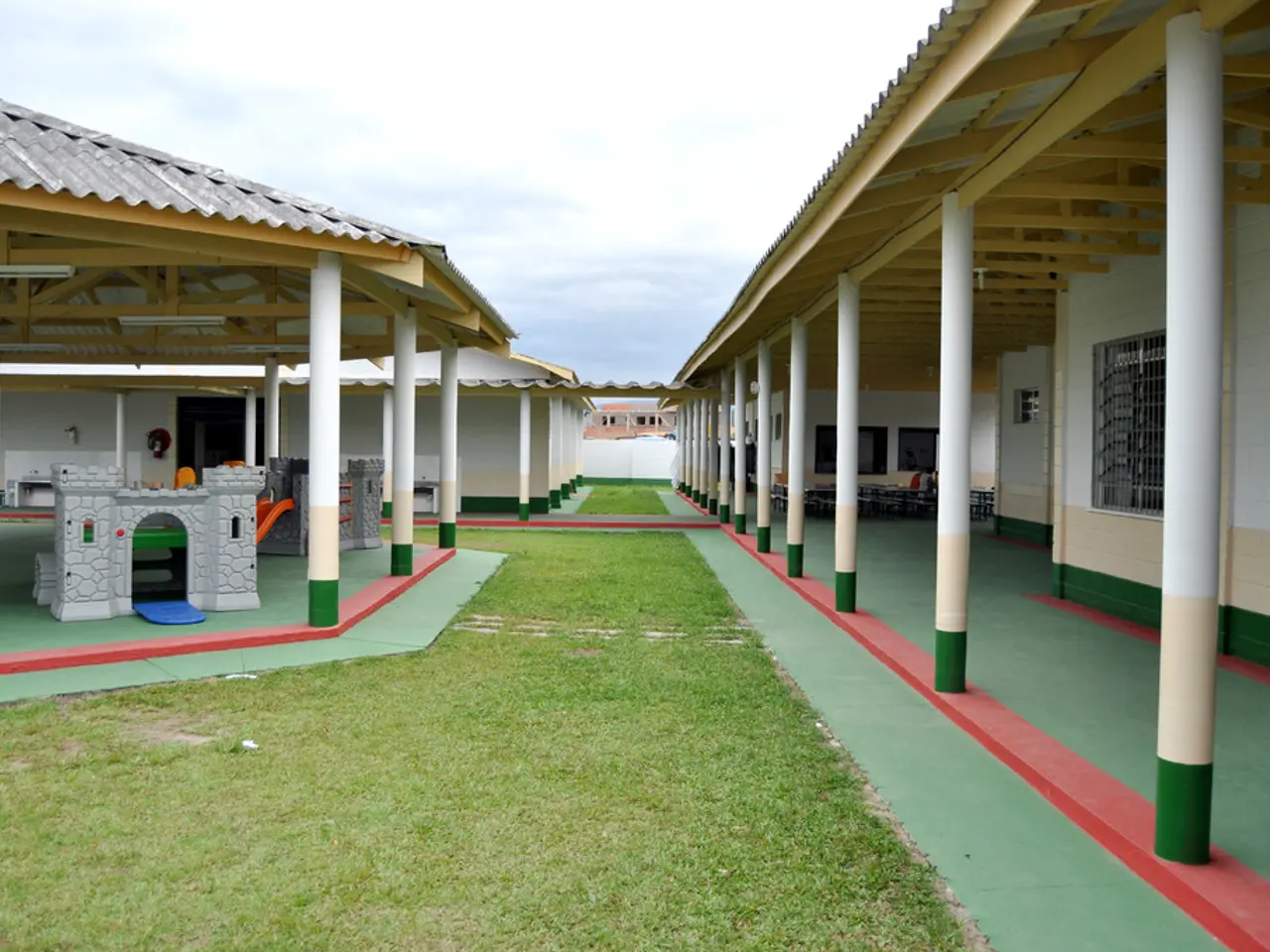Potential Homelessness for Millions Due to Trump's Section 8 Housing Reductions
In a move that has sparked widespread debate, the Trump administration has proposed significant cuts to the Section 8 housing program and other HUD rental assistance programs as part of the 2026 budget request. The proposed cuts, amounting to a staggering 43% reduction in funding, could jeopardize the housing stability of over 4.4 million households.
The proposed cuts, if approved, would slash HUD’s overall budget nearly in half, from about $58.4 billion down to around $31.7 billion. This reduction would lead to fewer available housing vouchers and assistance openings, worsening affordability and housing stability, particularly for vulnerable populations. Local agencies fear they will be unable to maintain services at current levels, potentially limiting access for low-income renters.
One of the key implications of the proposed cuts is a shift towards state control of rental assistance programs. The budget would replace federal funding for programs like Section 8 vouchers with block grants to states, allowing them to design their own rental assistance programs. While proponents argue this encourages tailored solutions, critics worry that states may reduce assistance or impose stricter eligibility criteria, potentially limiting access for low-income renters.
The proposal also suggests a two-year time limit for able-bodied, working-age households receiving rental assistance, focusing assistance on elderly and disabled populations. This could lead to the loss of help for working families who struggle to stay afloat. The cuts risk increasing homelessness and housing insecurity, particularly in high-cost areas like New York, where up to 300,000 residents could face eviction due to the proposed changes.
Advocates warn that these cuts could cause a surge in evictions and homelessness nationwide, undermining public health and economic stability for millions. The National Low Income Housing Coalition has warned of a drastic rise in the number of people living on the streets.
On a positive note, the administration is keen on prioritizing veterans and the disabled, with an executive order established to house 6,000 homeless veterans by 2028 using Section 8 vouchers. A more sensible approach to promoting self-sufficiency could be investing in job training programs and support services to help those in need to become self-reliant.
The debate about the proposed cuts continues, with some arguing that Section 8 should be a "lifeline" for those who truly need it, while others believe in self-sufficiency and the idea that people need to earn their assistance. The proposed budget shift to a State Rental Assistance Block Grant (SRABG) system could lead to varying levels of protection for vulnerable populations. It remains to be seen how this debate will unfold, and whether the proposed cuts will be approved by Congress.
- The community of low-income renters worries about the potential loss of housing stability due to the Trump administration's proposed cuts to the Section 8 housing program.
- The reduction in funding for HUD rental assistance programs could result in a shortage of resources for affordable real estate in communities across the United States.
- The proposed cuts to the Section 8 program could be detrimental to turnkey rental properties, with potential ramifications for the rental market as a whole.
- The general news is abuzz with discussions on the proposed cuts, with debates about self-sufficiency and the role of government in providing assistance for housing needs.
- With the shift towards state control of rental assistance programs, there is concern about the implementation of policy-and-legislation that may adversely affect vulnerable populations in terms of access to resources.
- The debate on the proposed cuts extends to the realm of politics and career-development, as policymakers and community leaders discern the best strategies for addressing issues related to housing affordability and self-development.
- Education-and-self-development and skills-training initiatives could be vital tools in promoting self-sufficiency, providing alternative paths for those impacted by the cuts to the Section 8 program.
- Investment in finance, such as job training programs and support services, could help individuals navigate the challenges presented by the proposed cuts and foster long-term economic stability.




